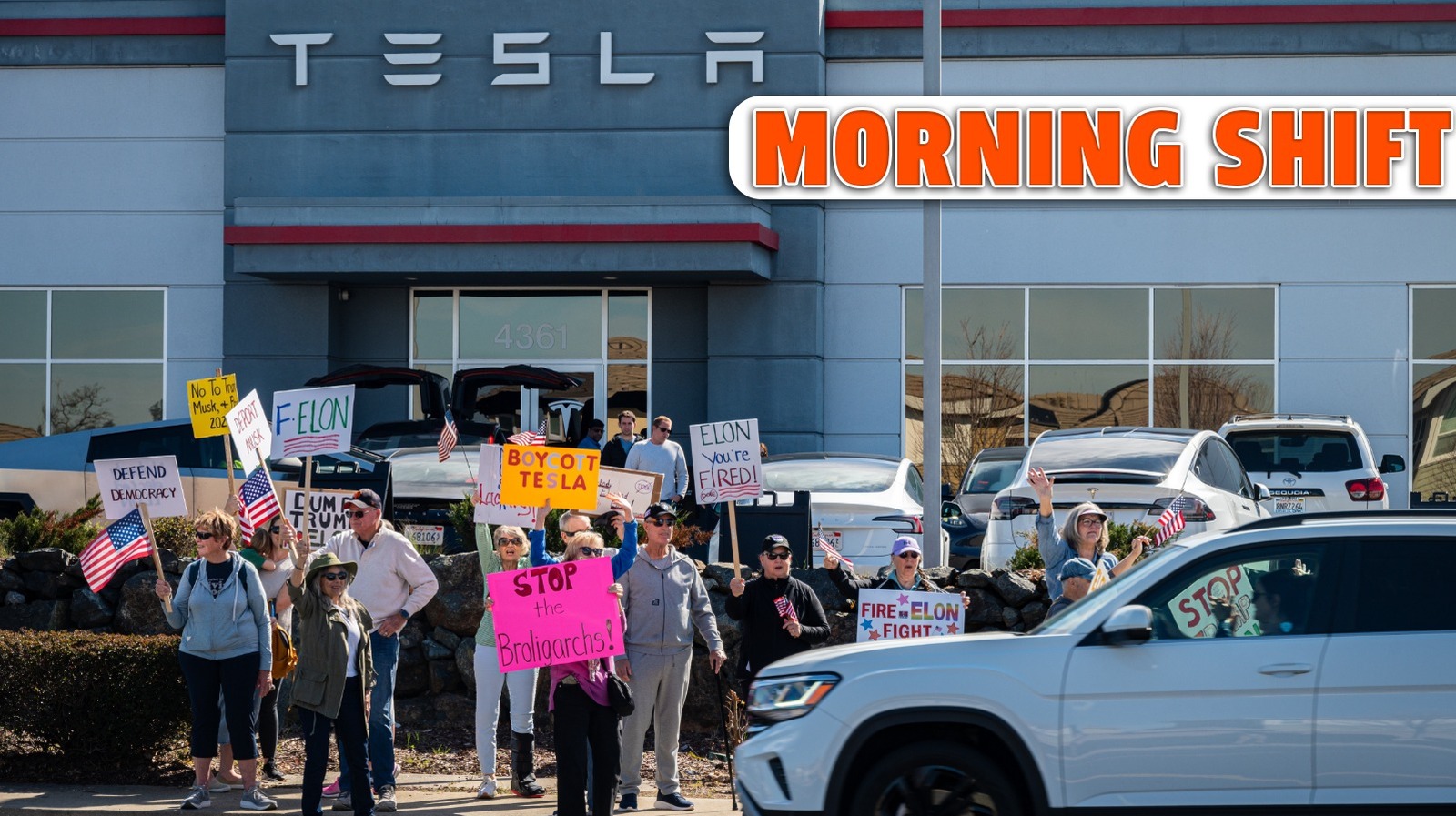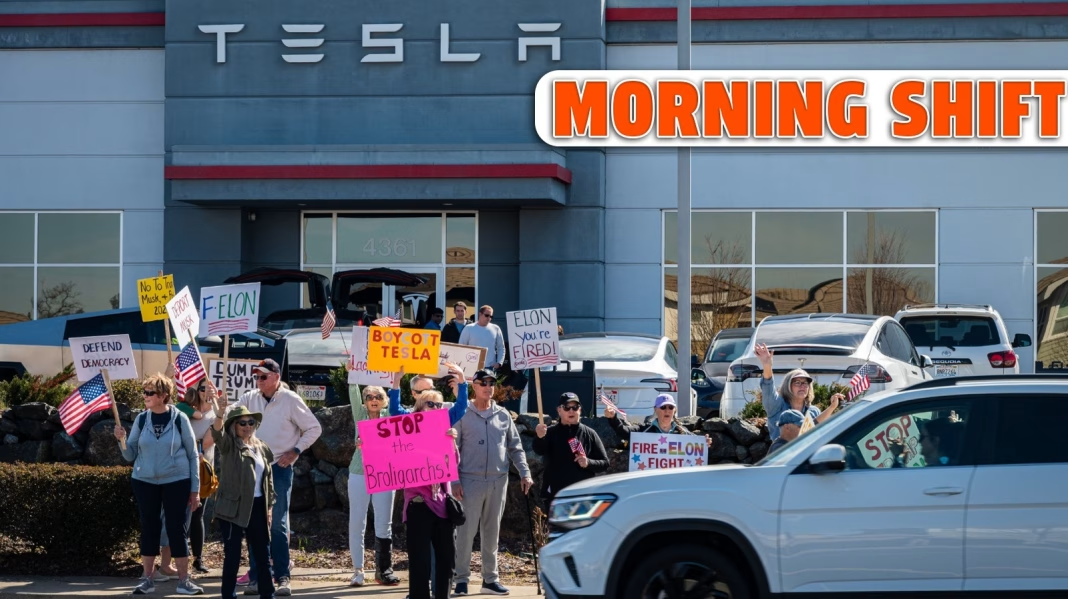Tesla’s International Sales Slump: What’s Going On?
Tesla, the electric vehicle giant that once seemed unstoppable, is facing a significant dip in international sales. This downturn raises questions about the brand’s future and the factors contributing to this slump. Is it a temporary hiccup or a sign of deeper issues? Let’s dive into the numbers and explore what’s happening.
The Numbers Behind the Decline
Recent reports indicate that Tesla’s sales figures are not just slightly down; they’re experiencing a notable slump in key international markets. For instance, in Europe and Asia, demand has waned, and this has sparked concerns among investors and enthusiasts alike. While Tesla has dominated the electric vehicle market for years, competition is heating up. Rivals are launching new models that appeal to consumers, and this shift might be nudging potential buyers away from Tesla.
One factor to consider is the saturation of the EV market. As more manufacturers enter the electric vehicle space, consumers have more options than ever before. This increased competition can dilute Tesla’s market share, especially if other brands offer features or price points that resonate better with buyers.
Ford’s Tariff Warning: A Costly Future?
Shifting gears to Ford, the automaker is sounding the alarm over potential tariffs that could hit its bottom line hard. The company has warned that these tariffs could lead to significant cost increases, which might ultimately be passed on to consumers. This situation could create a ripple effect in the automotive market, impacting pricing strategies and consumer choices.
Ford’s concerns are not unfounded. Tariffs can lead to higher production costs, and if manufacturers can’t absorb these costs, they may have to raise prices. For consumers, this means that the dream of owning a new car could become more expensive, potentially stalling sales across the board.
How Are Consumers Responding?
With Tesla’s sales dipping and Ford warning of rising costs, how are consumers reacting? Many are becoming more price-sensitive, especially in a time of economic uncertainty. Buyers are weighing their options carefully, considering not just the initial purchase price but also long-term costs like maintenance and charging.
Moreover, the growing interest in sustainable transportation means that consumers are increasingly looking for vehicles that align with their values. This shift could benefit brands that emphasize eco-friendliness and affordability, potentially at the expense of traditional giants like Tesla and Ford.
The Big Picture: What Lies Ahead?
So, what does this mean for the future of these automotive titans? For Tesla, addressing the sales slump will require innovative strategies. This might involve enhancing customer engagement, improving service offerings, or even adjusting pricing to remain competitive.
As for Ford, navigating the potential impact of tariffs will be crucial. The company may need to rethink its pricing strategy and explore ways to mitigate costs without sacrificing quality or customer satisfaction.
The big takeaway? The automotive landscape is shifting rapidly, and both Tesla and Ford need to adapt to stay relevant. It’s not just about selling cars anymore; it’s about understanding consumer needs and the broader economic environment. Start with one change this week, and you’ll likely spot the difference by month’s end.


